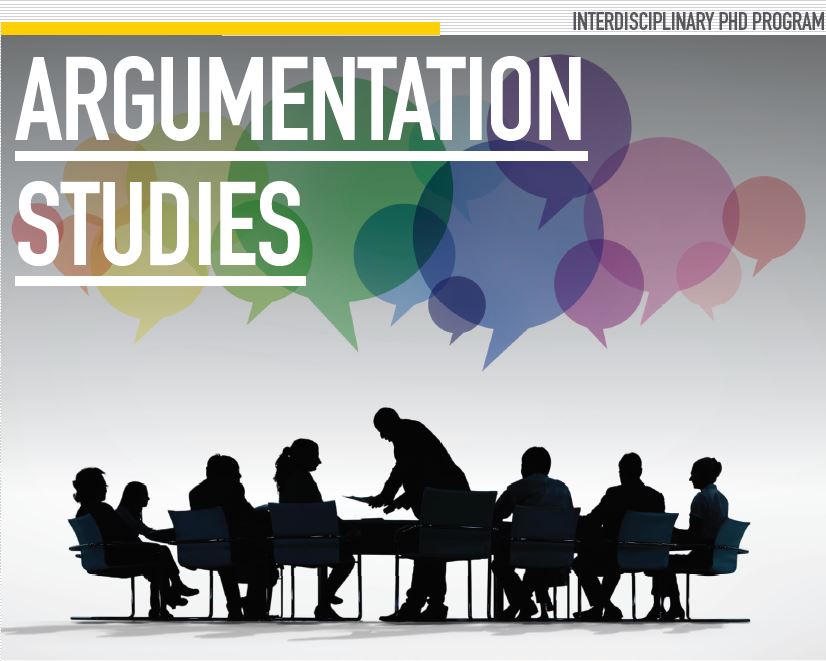Location
University of Windsor
Document Type
Paper
Keywords
argumentation profile, cognitive pragmatics, conspiracy theory, persuasion, relevance, rhetorical effectiveness
Start Date
18-5-2016 9:00 AM
End Date
21-5-2016 5:00 PM
Abstract
This paper deals with the argumentative biases Conspiracy Theories (henceforth CTs) typically suffer from and pursues two goals: (i) the identification of recurring argumentative and rhetorical features of conspiracy theories, which translates into an attempt to elaborate their argumentative profile (see Hansen 2013); (ii) the elaboration of a cognitively-grounded account of CTs in terms of their persuasiveness.
To fulfil goal (i), I examine online instances of different cases of CTs (the Moon hoax, 9/11 as an inside job, chemical trails). Building on the general rhetorical features of CTs identified by Byford (2011: 88-93), I elaborate a first argumentative profile surveying types of arguments and argument schemes CTs are likely to rely on to specify how these “crippled epistemologies” (Sunstein & Vermeule 2009) are argumentatively biased.
To fulfil goal (ii), I use the Context Selection Constraint model, originally designed to capture deception (Oswald & Maillat 2009, 2011). I examine the cognitive counterpart of the – most often fallacious – arguments found in CTs and advance cognitively motivated reasons why CTs have some prospect of being argumentatively effective. This provides an account of why CTs, while biased, can manage to persuade, that is, precisely by downplaying – or obfuscating – their bias.
Creative Commons License

This work is licensed under a Creative Commons Attribution 4.0 International License.
Reader's Reactions
Scott Jacobs, Commentary on: Steve Oswald’s “Conspiracy and Bias: Argumentative Features and Persuasiveness of Conspiracy Theories” (May 2016)
Included in
Discourse and Text Linguistics Commons, Philosophy Commons, Semantics and Pragmatics Commons
Conspiracy and bias: argumentative features and persuasiveness of conspiracy theories
University of Windsor
This paper deals with the argumentative biases Conspiracy Theories (henceforth CTs) typically suffer from and pursues two goals: (i) the identification of recurring argumentative and rhetorical features of conspiracy theories, which translates into an attempt to elaborate their argumentative profile (see Hansen 2013); (ii) the elaboration of a cognitively-grounded account of CTs in terms of their persuasiveness.
To fulfil goal (i), I examine online instances of different cases of CTs (the Moon hoax, 9/11 as an inside job, chemical trails). Building on the general rhetorical features of CTs identified by Byford (2011: 88-93), I elaborate a first argumentative profile surveying types of arguments and argument schemes CTs are likely to rely on to specify how these “crippled epistemologies” (Sunstein & Vermeule 2009) are argumentatively biased.
To fulfil goal (ii), I use the Context Selection Constraint model, originally designed to capture deception (Oswald & Maillat 2009, 2011). I examine the cognitive counterpart of the – most often fallacious – arguments found in CTs and advance cognitively motivated reasons why CTs have some prospect of being argumentatively effective. This provides an account of why CTs, while biased, can manage to persuade, that is, precisely by downplaying – or obfuscating – their bias.


